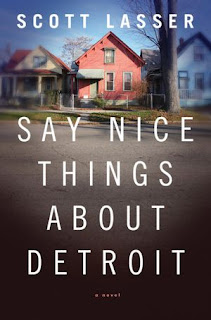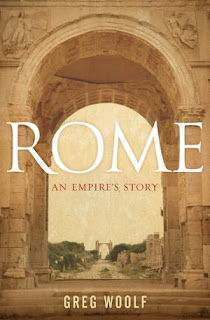 His entry begins:
His entry begins:I’m an avid reader, usually with three or four books on the go at any one time—a book by my bed, a book in the living room, another in my truck and one in my car. (No, I don’t read while driving.) So it is particularly easy or hard for me to describe what I’m reading, depending on who is asking. The editor of this blog wants to know about all my current reading, so he is making it hard, but I’m happy to oblige.About The Science of Navigation, from the publisher:
First thing in the morning these days (after making my wife a pot of tea) I am re-reading Little Dorrit. I’m a trained scientist—no sophisticate in literary appreciation—and I just can’t get past nineteenth century English fiction (Sherlock Holmes is a perennial favorite, though I have daringly ventured into the early twentieth century with G.K. Chesterton’s amazing Father Brown stories). Dickens is just jaw-droppingly good, especially for history buffs who appreciate the contemporary social references. His characters are so strange and so real (though Little Dorrit herself is irritatingly idealized) and he uses...[read on]
In today's world of online maps and travel directions delivered wirelessly to hand-held devices, getting from place to place requires little thought from most of us—which is a good thing, since accurate navigation can be tricky. Get your bearings with Mark Denny—an expert at explaining scientific concepts in non-technical language—in this all-encompassing look at the history and science of navigation.Learn more about The Science of Navigation at the Johns Hopkins University Press website.
Denny's tour kicks off with key facts about the earth and how its physical properties affect travel. He discusses cartography and early mapmakers, revealing fascinating tidbits such ashow changes over time of the direction of true north, as well as of magnetic north, impacted navigation. Denny details the evolution of navigation from the days of coastal piloting to GPS and other modern-day technologies. He explains the scientific breakthroughs in accessible, amusing terms and provides an insightful look at their effects on societies, cultures, and human advancement. Throughout, Denny frames the long history of navigation with amazing tales of such people as Pytheas, an ancient Greek navigator, and Sir Francis Drake and of such discoveries as the magnetic compass and radio direction finding.
Whether you have an interest in orienteering and geocaching or want to know more about the critical role navigation has played in human survival and progress since ancient people learned to use lodestones, The Science of Navigation is for you. With it you'll finally understand the why of wayfinding.
The Page 99 Test: The Science of Navigation.
Writers Read: Mark Denny.
--Marshal Zeringue














































